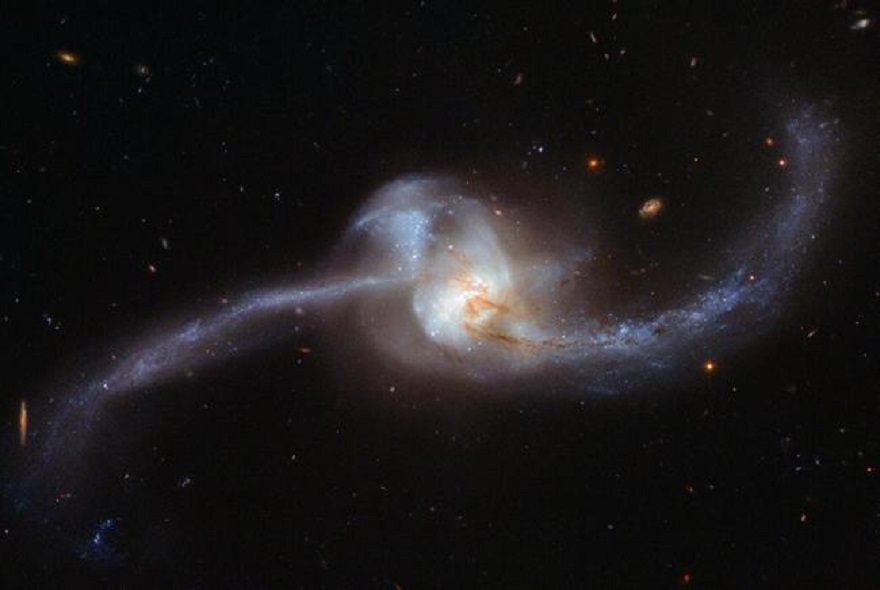Supermassive black holes located in the centre of each galaxy are too large to form during the existence of the Universe. But the merging of galaxies can help them in this. Scientists decided to test this assumption using a supercomputer.

Supermassive black holes
Scientists used the Frontera supercomputer, located in a Texas Advanced Computing Center, to solve the mystery associated with supermassive black holes. These giant objects, near which Newton’s classical mechanics ceases to operate, are located in the centre of each galaxy.
There is also a supermassive black hole in the centre of the Milky Way, which is called Sagittarius A*. It has a mass that is 4.3 million times that of the sun. However, even large stellar monsters may be hiding in other star systems.
Like other black holes, they grow by absorbing matter. But this is happening too slowly for them to become so large in the time since the Big Bang. Therefore, scientists suggest that the main mechanism for increasing their size is merging. When two galaxies merge into one, the same thing happens.
Supercomputer comes to the rescue
Therefore, the scientists decided to test all these assumptions using the Astrid physical model. It was launched on one of the most powerful scientific supercomputers of our time, Frontera. The model was based on observations of a distant epoch of the development of the Universe, called “cosmic noon”.
This happened about 10-11 billion years ago. Scientists analysed the merger of more than 3,000 galaxies, which resulted in the formation of about 700 black holes with masses of more than 1 billion solar. Scientists were especially interested in several dozen cases when three star systems merged at once.
Scientists tried to simulate all these collisions using their model, and it confirmed that they understood everything correctly. Triple collisions of galaxies really give rise to the embryos of particularly heavy black holes, which are commonly called ultramassive. A supercomputer has shown that they can be 40-65 billion times heavier than the Sun.
This is close enough to the limit at which black holes generally stop absorbing matter and growing. Therefore, scientists are very interested in finding such monsters in reality. In addition, they want to apply the Astrid model to test theories about active galactic nuclei.
According to www.astronomy.com
Follow us on Twitter to get the most interesting space news in time
https://twitter.com/ust_magazine


